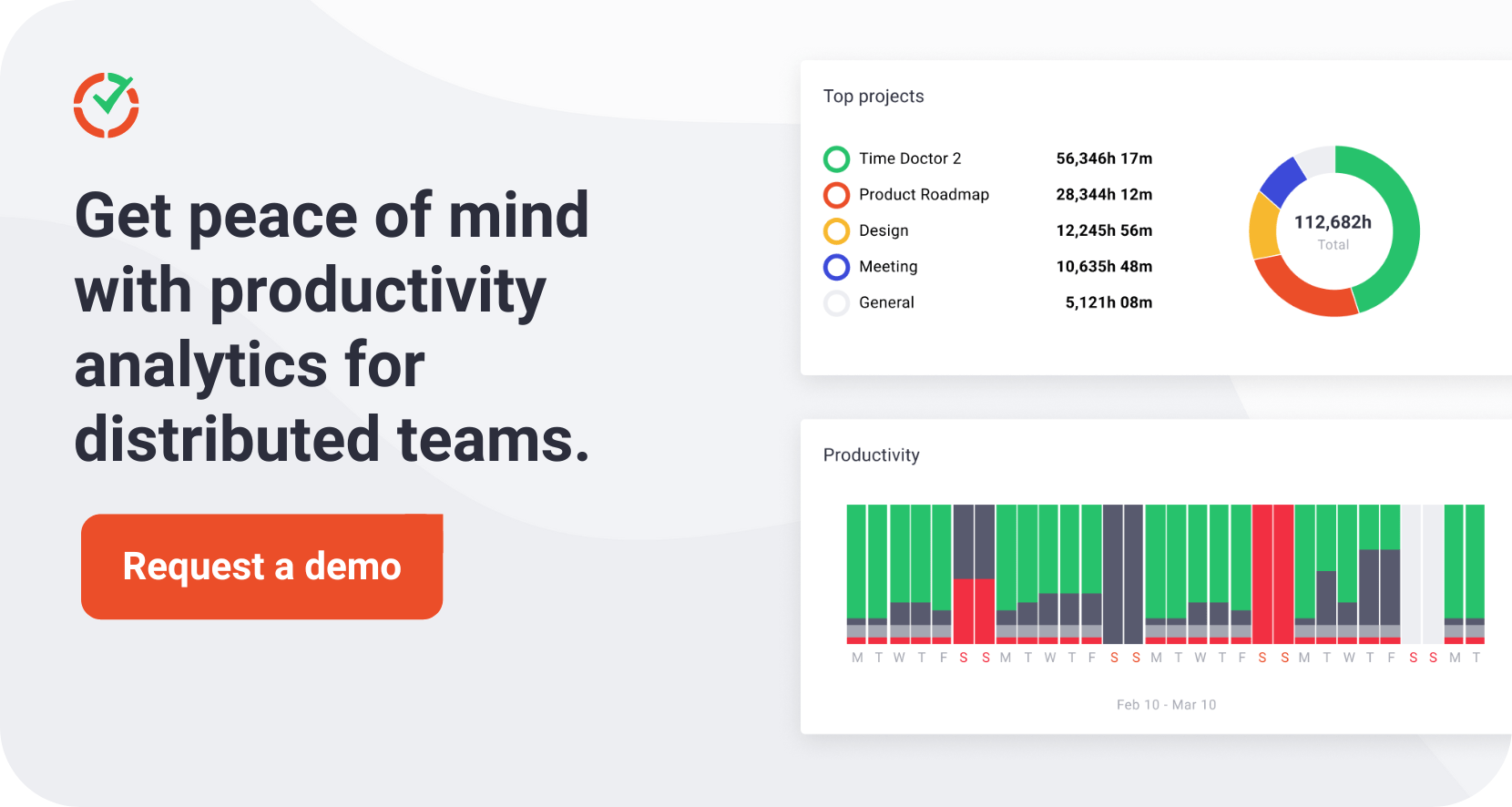63
In the dynamic realm of international commerce, the effectiveness of labor use plays a crucial role in determining economic health and expansion. Frequently disregarded in wider economic discourse, the labor efficiency ratio is a crucial indicator of workforce productivity and its impact on the financial well-being of an organization, industry, and country.
This paper explores the complex relationship between labor efficiency and economic growth, looking at the global labor productivity landscape, sectoral impacts, empirical data, theoretical underpinnings, and policy implications.
Economic theories behind labor efficiency
Labor efficiency, fundamentally, refers to the output generated per unit of labor input. It’s a measure that resonates deeply with the principles of classical and neoclassical economics, where labor is considered one of the primary factors of production.
A brief overview of labor efficiency economic theories follows
Classical economics
Adam Smith: Advocated the division of labor as a key to increasing productivity, suggesting that specialized tasks lead to efficiency and higher output.
Neoclassical economics
It emphasizes the role of labor as a primary factor of production, alongside capital and land. It suggests that technological improvements and capital investment directly impact labor efficiency and economic growth.
Solow-swan growth model (Robert Solow)
According to this theory, the progression of technology is a significant factor contributing to increased productivity and economic growth. To improve labor efficiency, it is important to emphasize the significance of non-labor inputs such as technology and capital.
Marginal productivity theory
It is argued that labor productivity determines wages, with more efficient labor earning higher wages. This implies that improving labor efficiency boosts economic output and living standards.
Human capital theory
It suggests that investments in education and training increase workers’ productivity, enhance labor efficiency, and contribute to economic growth.
These theories collectively underscore the importance of labor efficiency in the broader economic context, advocating for strategies that enhance productivity as a pathway to economic expansion and prosperity.
Empirical evidence
The correlation between labor efficiency improvements and economic growth is not merely theoretical. Numerous studies and datasets illustrate this relationship at both the micro and macro levels.
At the company level, firms that invest in enhancing labor efficiency often see significant growth in revenues and profitability. Macroscopically, countries with higher labor productivity rates consistently showcase stronger GDP growth rates.
For instance, the rapid economic ascension of South Korea and Singapore in the latter half of the 20th century can be attributed in part to substantial improvements in labor efficiency.
Sectoral analysis
The impact of labor efficiency varies across different sectors, offering a nuanced view of its economic implications. In manufacturing, for example, labor efficiency can be closely tied to technological advancements and automation, leading to substantial increases in output with relatively less labor input.
Conversely, in the services sector, the impact of labor efficiency is often linked to skills, training, and the adoption of innovative service delivery models. Understanding these sectoral dynamics is crucial for assessing the overall economic impact of labor efficiency improvements.
Policy implications
Governments, via their many policy initiatives, have a significant impact on labor efficiency. The workforce’s skill sets may be greatly improved by investments in education and training programs, which will increase labor efficiency.
Furthermore, policies that support infrastructural growth and technology innovation can provide labor efficiency the resources and conditions it needs to thrive. Regulations intended to improve labor market flexibility may also make it possible for companies to maximize the efficiency of their labor inputs.
Global perspective
Labor efficiency ratios vary significantly across the globe, reflecting diverse economic structures, levels of technological advancement, and educational standards. Countries with higher labor efficiency ratios often enjoy a competitive edge in the global market, attracting investment and driving economic growth.
This global disparity underscores the importance of understanding and improving labor efficiency not just for national economic growth but also for global economic competitiveness and dynamics.
Conclusion
Optimizing labor inputs to boost economic growth is crucial due to the complex link between labor efficiency and economic growth.
Governments, educational institutions, and people must work together to improve labor efficiency.
For labor efficiency and economic growth, education, technology, and infrastructure investments and forward-thinking policies are necessary.
Labor efficiency will shape future economies as the global economy evolves.

Carlo Borja is the Content Marketing Manager of Time Doctor, a workforce analytics software for distributed teams. He is a remote work advocate, a father and a coffee junkie.



